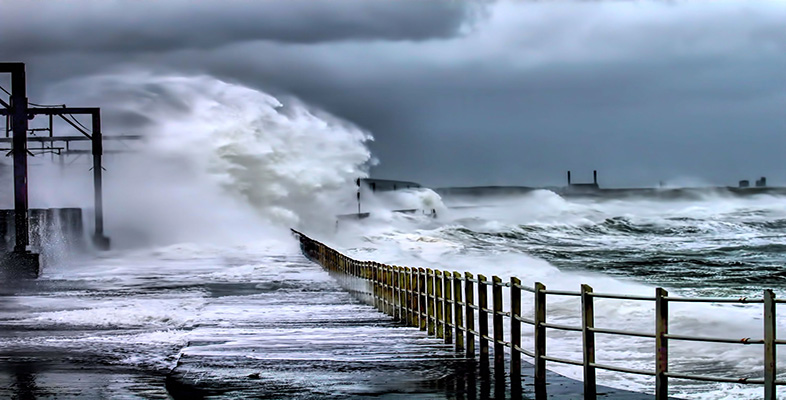7.1 Using waste heat
So far we have looked at efficiency and identified that the losses in conventional power stations are huge but potentially this waste heat could be used in district heating. There are, however, geographical difficulties with this because the use for the heat needs to be relatively close to the source of the heat, the power station.
However, the 2006 Scottish Energy Study [Tip: hold Ctrl and click a link to open it in a new tab. (Hide tip)] report recommended that:
'We would also like to see ways of utilising the substantial amounts of waste energy, largely in the form of heat, that are lost at electricity generating plants and from industrial processes … More specifically, as around two-thirds of the energy generated in our coal-fired electricity generating stations is lost then at the very least we suggest that Scottish Power develop a scheme for the use of this waste heat for the communities around its Longannet plant. Ideally, this should also occur at Cockenzie but we recognise the relatively short life span of the plant. For other plants, such as at Grangemouth refinery and petrochemical complex and at Torness, we would like to see the operators take the initiative, along with the local enterprise companies, to stimulate the development of businesses that have high energy requirements, including the horticultural sector.'
The important point here is the intention to use the heat, whether it be for domestic, industrial, commercial or even horticultural use.
CHP systems tend to be smaller scale, enabling them to be sited nearer to large residential or office/industry areas. The Sullivan Report (Scottish Building Standards Agency, 2007), which we will examine later, makes particular recommendations to encourage future use of local energy centres and CHP. We also identified that combined cycle gas turbine (CCGT) systems of electricity generation are both more efficient and produce lower CO₂ than coal-fired power stations.
Given that for the foreseeable future there will continue to be a need for conventional power stations, we will now look at what might be done to clean up the existing coal-fired power stations.
